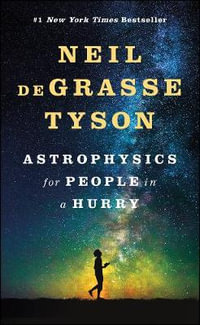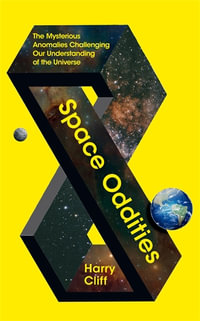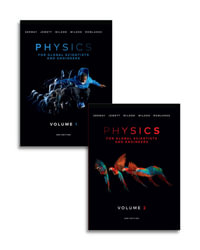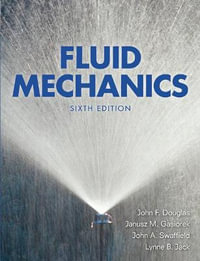Statistical mechanics is the theoretical apparatus used to study the properties of macroscopic systems - systems made up of many atoms or molecules - and relates those properties to the system's microscopic constitution. This book is an introduction to statistical mechanics, intended to be used either by advanced undergraduates or by beginning graduate students. The first chapter deals with statistical thermodynamics and aims to quickly derive the most commonly used formulas in the subject. The remainder of the book then illustrates the application of these formulas in traditional areas such as the ideal gas and less traditional areas such as the quantum ideal gas. Highly illustrated with numerous exercises and worked solutions, it provides a concise, up-to-date treatise of statistical mechanics ideal for use on an 8-12 lecture course.
Industry Reviews
Pre-publication praise: ' Textbooks of statistical thermodynamics for chemists are notoriously thin on the ground as the subject, being so mathematical, is not to the taste of most chemists. Professor Widom has written a survey that many chemists will find accessible, useful, and modern. ... The strengths of this excellent text are its accessibility, its authority, the range of topics treated, and its pedagogical style.' Peter Atkins, University of Oxford '... Ben Widom's writing style, like his lecture style, is absolutely compelling in its freshness and apparent simplicity ... an important foundational textbook and instant classic in the field of Statistical Mechanics.' Dor Ben-Amotz, Purdue University '[Those] who need to learn statistical mechanics can hardly find a better introduction ... wonderful ...'. Jeffrey Kovac, Journal of Chemical Education 'The text is an excellent read. Every paragraph contains reflective insights on the physical significance of the formulae and their underlying motivation. This makes a subject that is notorious for its difficulty seem simple. ... the simplicity, depth of insight and the unusual range of topics in Benjamin Widom's Statistical Mechanics should make it compulsory reading for educators and students alike when they seek to go beyond the first steps of statistical mechanics.' Trevor Rayment, Times Higher Education Supplement
























